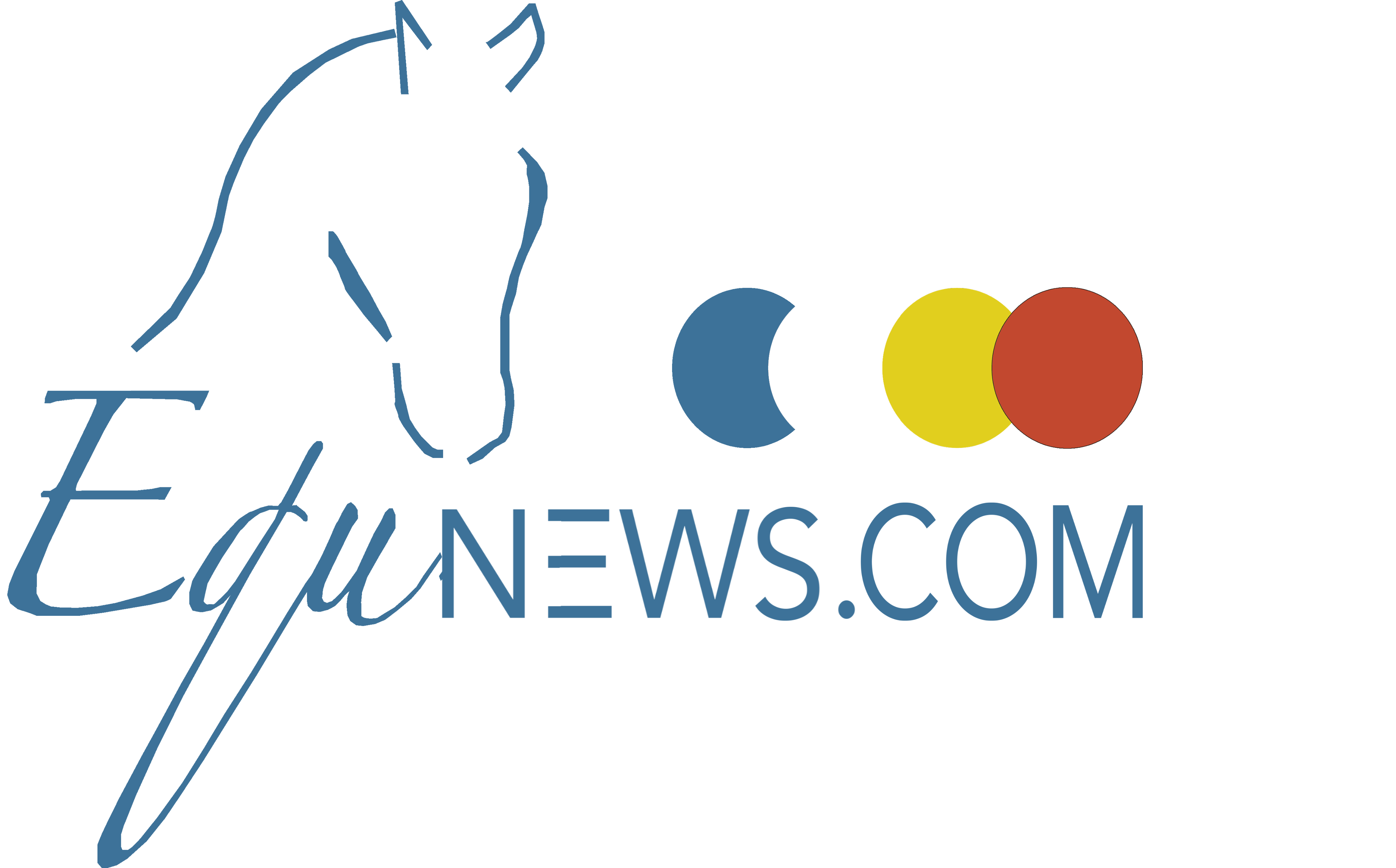When the horse is jumping the centre of balance moves forward and the rider will need to adapt his position.
The three main points of contact with the horse are the seat, the knees and the heels. Different muscles are used in this position compared with the dressage seat and sometimes riders, above all novice riders, will lack strenght and tire easily.
A useful way to develop the rider’s strenght and balance is to pactise riding in two-point position (knees and heels). Here the rider doens not put any weight on the seat, transferring all the weight to the stirrups. This helps strengthen the effectiveness of the lower legs and establish a secure, indipendent position. Until a rider is able to maintain this balanced position in trot and canter he is unlikely to be able to stay in balance over a fence and will need to rely on the reins, with all the worst effects.
[caption id="attachment_80723" align="alignright" width="960"] Bertram Allen & Romanov[/caption]
If, during this exercise, the rider falls forward onto the horse’s neck, the lower legs need to be moved up to the girth, underneath the rider, for support. If the rider falls back into the saddle, the lower legs will have shot too far forward.
Transitions, both up and down, can also be made in the two-point positions. This will test whether the rider can stay in balance and also whether the horse will go off the leg without the use of the seat. Many riders find it necessary to sit in the saddle and drive the horse into canter, for example, rather than just using the leg.
The lightness of the seat can be varied depending on what is required and this can also be practised by the novice rider. When the stride is free and open the seat should barely brush the saddle. However, when executing a tight turn the rider brings back the shoulders and the seat comes close to the saddle; this collects the horses’s stride and brings the centre of balance back.
The rider can practise this until the horse will shorten the stride merely in response to the rider’s bodyweight, without any need for the rider to pull on the reins at all.
Bertram Allen & Romanov[/caption]
If, during this exercise, the rider falls forward onto the horse’s neck, the lower legs need to be moved up to the girth, underneath the rider, for support. If the rider falls back into the saddle, the lower legs will have shot too far forward.
Transitions, both up and down, can also be made in the two-point positions. This will test whether the rider can stay in balance and also whether the horse will go off the leg without the use of the seat. Many riders find it necessary to sit in the saddle and drive the horse into canter, for example, rather than just using the leg.
The lightness of the seat can be varied depending on what is required and this can also be practised by the novice rider. When the stride is free and open the seat should barely brush the saddle. However, when executing a tight turn the rider brings back the shoulders and the seat comes close to the saddle; this collects the horses’s stride and brings the centre of balance back.
The rider can practise this until the horse will shorten the stride merely in response to the rider’s bodyweight, without any need for the rider to pull on the reins at all.

Technique: strenghtening the position
-
categories:

